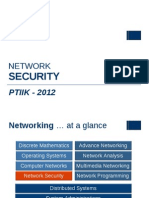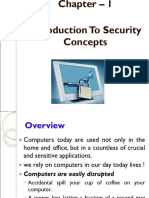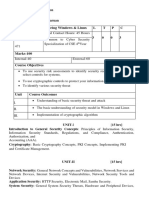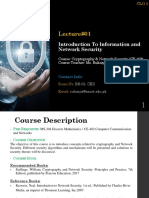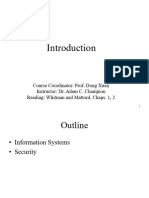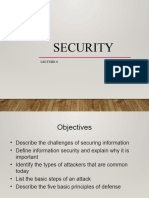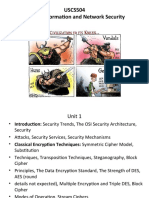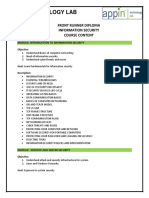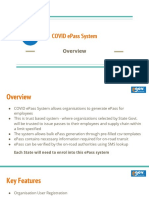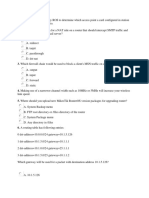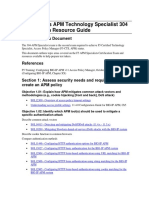0% found this document useful (0 votes)
21 views58 pagesChapter1 Introduction
This document provides an introduction to cyber security and the focus of an introductory cyber security course. It outlines the organizational details of the course including lectures, exercises, and labs. It also defines key cyber security terms and concepts and discusses why cyber security is important.
Uploaded by
med kudoCopyright
© © All Rights Reserved
We take content rights seriously. If you suspect this is your content, claim it here.
Available Formats
Download as PDF, TXT or read online on Scribd
0% found this document useful (0 votes)
21 views58 pagesChapter1 Introduction
This document provides an introduction to cyber security and the focus of an introductory cyber security course. It outlines the organizational details of the course including lectures, exercises, and labs. It also defines key cyber security terms and concepts and discusses why cyber security is important.
Uploaded by
med kudoCopyright
© © All Rights Reserved
We take content rights seriously. If you suspect this is your content, claim it here.
Available Formats
Download as PDF, TXT or read online on Scribd
/ 58
